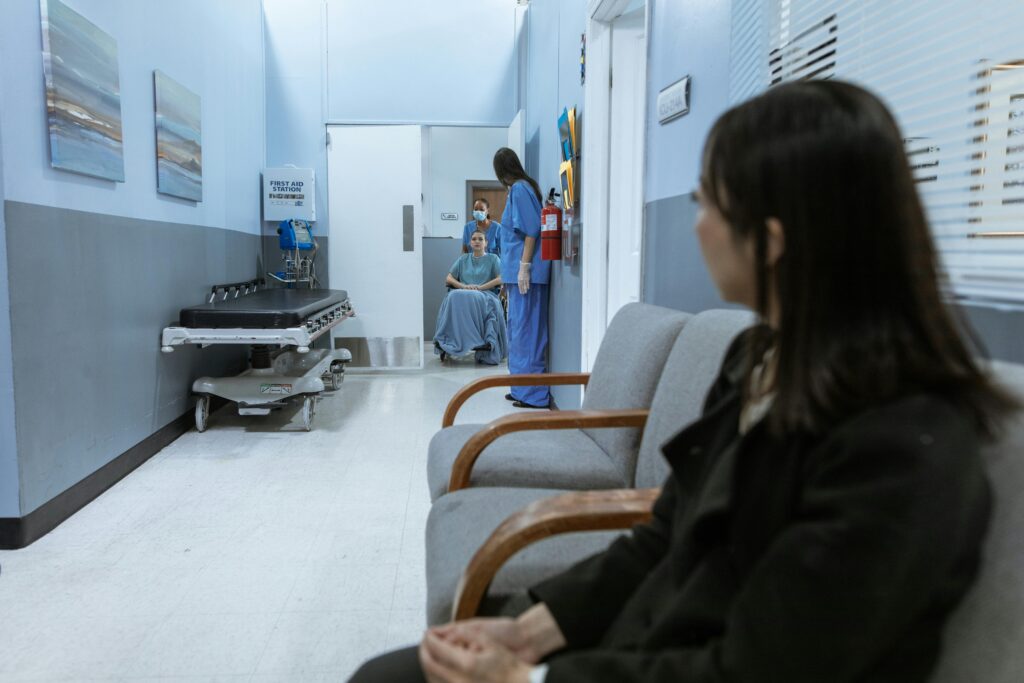By Eleanor Tanno, M.D.
A patient of mine recently said something that has stuck in my head.
She is a woman in her 60s, and recently, both of her elderly parents were admitted to the hospital into intensive care within a few weeks of one another. Her dad was admitted after complications of Covid. Her mom was admitted with heart failure. They were both too ill to make their own medical decisions. Therefore, my patient was left to make their decisions for them.
During this time, she was able to locate both of their advance directives. Like anyone in this chaotic situation, she was extremely relieved to find the documents. She eagerly leafed through them to find the information she was looking for—the guidance in how to care for her parents.
However, what she found was not what she expected. She described their advance directives as “like a house with nothing in it.“ Her disappointment was almost palpable.
“A house with nothing in it.”
Her statement has been bouncing around in my head since she said it.
You see, she was hoping their advance directives would give her a clear roadmap in how to care for them during this time. Unfortunately, when she opened the advance directives, it was a document her parents had created many years ago, and it said the typical boiler plate wording along the lines of “if my death is imminent, I do not want invasive medical procedures.”
The problem was, in that moment, that statement clarified little for her. Should she continue the aggressive life support they were already getting? And for how long? When was it time to withdraw the life support and focus on comfort? The path was still so unclear.
“A house with nothing in it.”
In that moment, and even now months later, she wonders if she made the right decisions for them. Without more clear instructions, she was unsure how to proceed. She just wanted to do right by her parents.
So how to avoid this situation?
How to create an advance directive that is meaningful?
I highly encourage my patients to not only create an advance directive, but to also have discussions with their medical decision makers about the kind of care they would want if they are too sick to make their own medical decisions.
See, one can gather so much more information and nuance out of even brief conversations than they can out of a written document.
In the way that a picture is worth a thousand words, a conversation is worth a thousand written wishes.
I also encourage my patients to create an advance directive where they feel empowered to include statements from these conversations. I want the medical decision makers for my patients to open their advance directives and say “it is a house with 10 rooms. One of the rooms has a blue and white couch with blue throw pillows, with light streaming through the windows, and the temperature is kept at 68 degrees.” I want their advance directives to paint a clear image of how they envision their maintained level of function and independence.
Get started today in having these conversations with your intended medical decision makers. Talk to them about what is important to you in the last months, weeks, and days of your life. What physical, social, and cognitive faculties do you value, and what would you be willing to forgo for more time?
If you need help getting started, I highly recommend The Conversation Project’s starter kit here.
I also have my free step-by-step guide to creating an advance directive.
